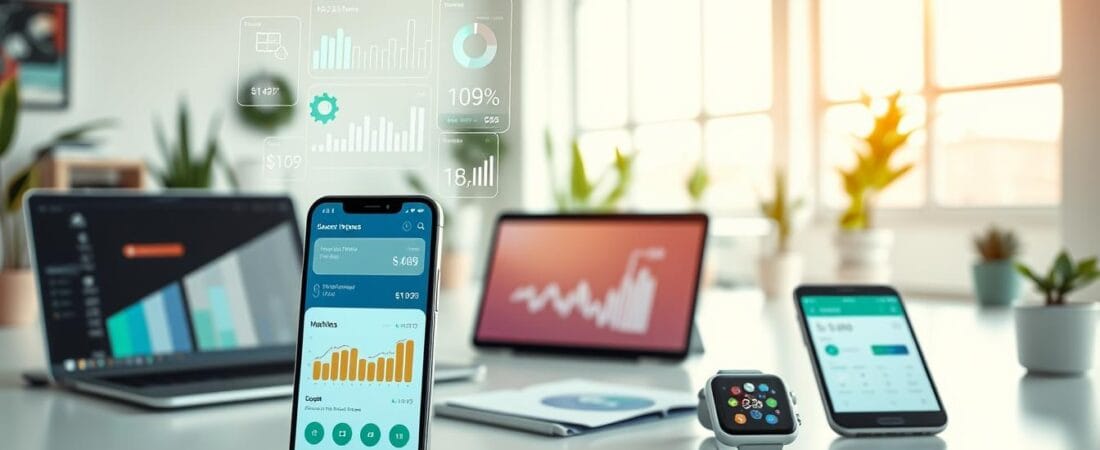Nearly half of households in the US carry credit card debt, according to the Federal Reserve’s most recent Survey of Consumer Finances. This financial strain is exacerbated by high interest rates, making effective budgeting crucial for financial stability.
In today’s complex financial landscape, managing one’s finances has become increasingly critical. The use of budgeting apps has emerged as a vital tool for maintaining financial discipline and achieving monetary goals. For more insights on managing your money, you can visit this resource.
The budgeting landscape in2025 offers sophisticated applications that connect with financial accounts, automatically categorize expenses, and provide comprehensive insights into spending patterns. These tools help users make informed decisions about their money and achieve their financial objectives.
Key Takeaways
- Effective budgeting is crucial for financial stability in a complex financial landscape.
- Budgeting apps are essential tools for maintaining financial discipline.
- Top budgeting applications offer features like automatic expense categorization and spending insights.
- These tools help users make informed decisions about their finances and achieve monetary goals.
- Selecting the right budgeting app depends on individual financial circumstances and objectives.
Why Budgeting Apps Matter in 2025

The financial landscape of 2025 presents numerous challenges, making budgeting apps a crucial tool for effective money management. The rising costs of living, coupled with stagnant earnings, have created a perfect storm that necessitates careful financial planning.
The Financial Landscape Today
The current financial landscape is characterized by significant challenges. Grocery prices have jumped 27% over the past five years, while median weekly earnings have increased by only 25%. This disparity is particularly difficult for families. Housing payments, being fixed costs, have skyrocketed, jumping 26% over the past five years. According to the Federal Reserve’s most recent Survey of Consumer Finances, nearly half of households carry credit card debt.
How Budgeting Apps Can Transform Your Finances
Contemporary budgeting apps employ sophisticated algorithms to analyze spending patterns and identify potential savings opportunities that might otherwise go unnoticed. These financial tools can transform money management by automating savings allocations based on personalized goals and income levels, removing psychological barriers to consistent saving.
By providing real-time notifications about unusual spending, upcoming bills, and budget category limits, these apps help users maintain awareness of their financial status. The visual representations of cash flow and spending breakdowns create psychological accountability, significantly improving financial decision-making. Moreover, by aggregating financial data across accounts, these tools provide a holistic view of net worth and financial progress, enabling more strategic long-term financial planning and goal setting.
How We Evaluated the Best Personal Finance Apps for Budgeting 2025
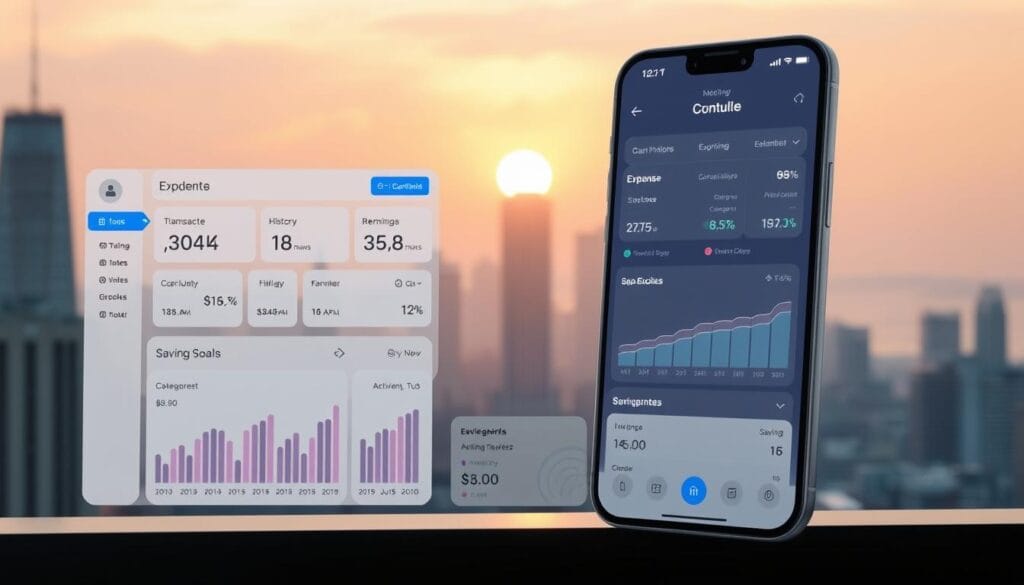
To identify the best personal finance apps for budgeting in 2025, we employed a rigorous evaluation methodology. This involved assessing various features and functionalities that are crucial for effective financial management.
Our Methodology
Our assessment was based on several key criteria, including the ability of budgeting apps to sync multiple financial accounts, facilitate forward-thinking financial planning, and provide categorized spending analysis. We prioritized apps that offered manual entry options alongside automatic synchronization.
Key Features We Looked For
We examined the following essential features in the budgeting apps:
– Account synchronization capabilities with diverse financial institutions
– Proactive financial planning tools that go beyond historical transaction tracking
– Expense categorization systems with automation accuracy and customization options
– Bill tracking and payment reminder functionality with reliability and customization
– Multi-user accommodation with permission controls and collaboration features
By focusing on these aspects, we were able to identify the top budgeting apps that can help users achieve their financial goals, track spending across various categories, and manage upcoming bills effectively.
Popular Budgeting Methods and How Apps Support Them
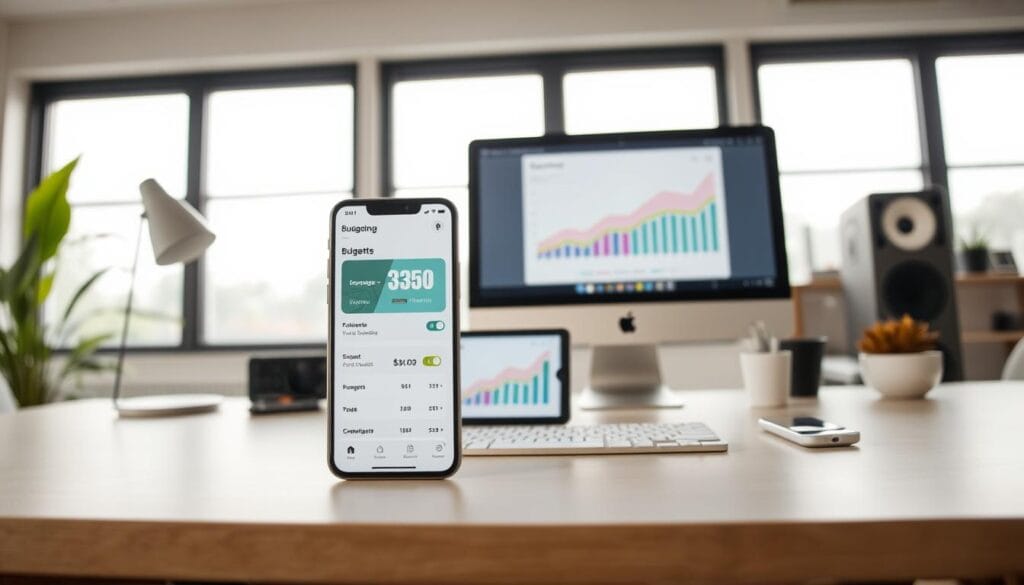
Budgeting apps have become essential tools for managing personal finances, supporting various budgeting methods. These apps cater to different financial management techniques, helping users achieve their financial goals.
Zero-Based Budgeting
Zero-Based Budgeting is a method where every dollar of income is allocated towards a specific expense or savings goal, resulting in a balance of zero. Budgeting apps support this method by allowing users to track every transaction and ensure that their income minus expenses equals zero.
Envelope Budgeting
Envelope Budgeting involves dividing expenses into categories and allocating cash for each category. Modern budgeting apps replicate this system digitally, allowing users to create virtual envelopes and manage their spending more effectively.
50/30/20 Budgeting
The 50/30/20 budgeting framework allocates 50% of income to necessities, 30% to discretionary spending, and 20% to savings and debt reduction. Several budgeting apps incorporate this methodology by automatically categorizing expenses and calculating percentage allocations.
These apps provide color-coded visualizations to help users compare their spending patterns to the ideal 50/30/20 distribution, highlighting areas that need adjustment. The simplicity of this approach makes it well-suited for app implementation, with intuitive dashboards and progress indicators.
Best Personal Finance Apps for Budgeting 2025
With numerous personal finance apps available in2025, choosing the right one can be challenging. The market offers a diverse range of options, from completely free applications to premium services with annual subscriptions over $100.
Overview of Top Contenders
The top budgeting apps in2025 offer a variety of features that cater to different financial needs. Apps like YNAB, Goodbudget, and EveryDollar provide robust budgeting tools, while Empower Personal Dashboard and PocketGuard offer comprehensive financial overviews. According to a recent analysis, many leading budgeting apps employ a freemium model, offering basic functionality at no cost while reserving advanced features for paid subscribers.
Pricing Comparison
The cost of these apps varies significantly. YNAB offers a 34-day free trial, then charges $14.99 monthly or $109 annually. Goodbudget is free, with a premium version available for $10 monthly or $80 annually. EveryDollar’s basic version is free, while the premium version costs $17.99 monthly or $79.99 annually after a 14-day free trial. As noted by financial experts, “Annual subscription options typically provide significant discounts compared to monthly billing, with savings ranging from 20-40% for users willing to commit to longer-term relationships with their chosen budgeting app.”
When evaluating the value of these apps, it’s essential to consider the price and the features offered. Users should assess their financial needs and choose an app that provides the necessary tools at a reasonable cost.
YNAB (You Need A Budget)
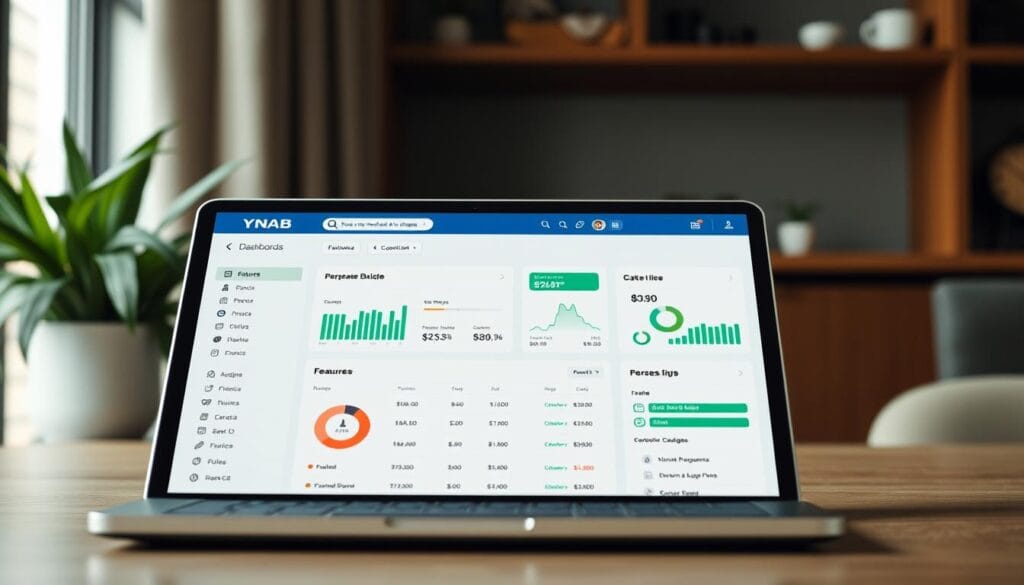
Overview
YNAB stands out as a robust tool for budgeting and financial planning, offering users a comprehensive platform to manage their finances effectively.
It is designed for individuals who want to take an active role in planning their money management.
Key Features
YNAB’s app is built around a zero-based budget approach, requiring users to allocate every dollar towards a specific expense or savings goal.
This method encourages users to be intentional with their spending, helping them make the most of their financial resources.
Pros
One of the significant advantages of using YNAB is its ability to help users develop healthy financial habits over time.
The app provides real-time tracking and updates, enabling users to stay on top of their financial situation.
Cons
While YNAB offers numerous benefits, it does come with a cost, priced at $14.99 per month or $109 per year, which may deter some users.
Additionally, the initial time investment required to master YNAB’s features and underlying budgeting philosophy can be significant.
The price of the subscription, along with the need for consistent engagement, may make YNAB less suitable for those seeking a more automated financial tracking solution.
Goodbudget
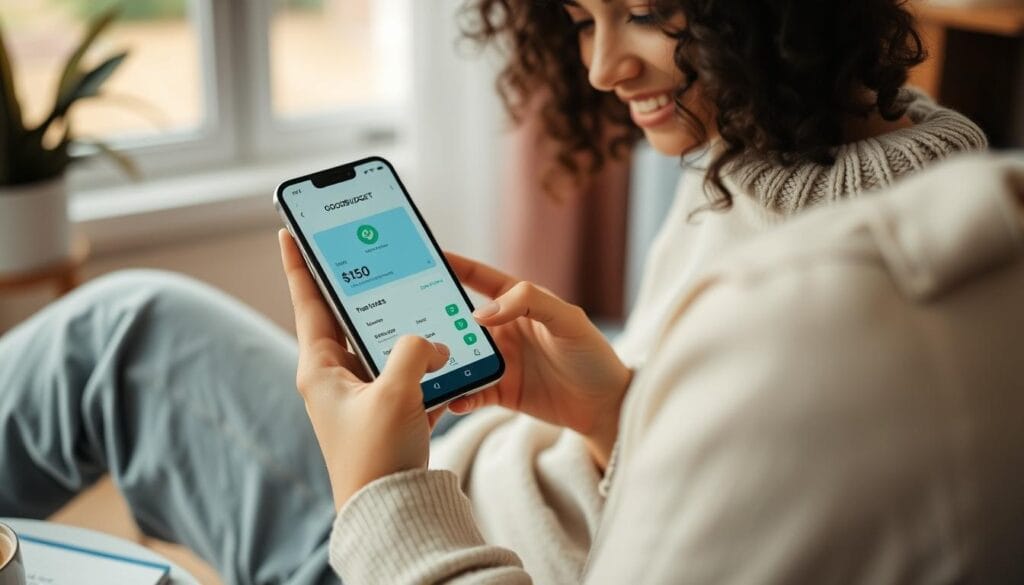
Overview
Goodbudget stands out as a user-friendly budgeting app that utilizes the envelope system for financial management. It allows users to allocate funds into different envelopes, making it easier to track expenses and stick to a budget.
Key Features
The app offers several key features, including the ability to create multiple envelopes for different expense categories, track expenses, and set budget goals. Users can also sync their data across devices. However, it’s worth noting that the free version has limitations, such as manual entry of transactions and a limit of 10 envelopes, which may restrict budgeting granularity.
Pros
One of the significant advantages of Goodbudget is its simplicity and ease of use. It effectively implements the envelope budgeting method, helping users manage their finances. The app is free to download, making it accessible to a wide range of users.
Cons
However, there are some drawbacks to consider. The free version requires manual entry of all transactions, which can be time-consuming and prone to errors. Additionally, the lack of automatic account synchronization with bank accounts in the free version may limit its effectiveness for some users. For more features, users can upgrade to Goodbudget Premium for $10 per month or $80 per year.
For more information on budgeting apps, you can check out NerdWallet’s article on the best budget.
PocketGuard and Empower Personal Dashboard
In the realm of personal finance, two apps stand out for their unique approaches to budgeting and financial management: PocketGuard and Empower Personal Dashboard. While both offer valuable services, they cater to different user needs and preferences.
PocketGuard
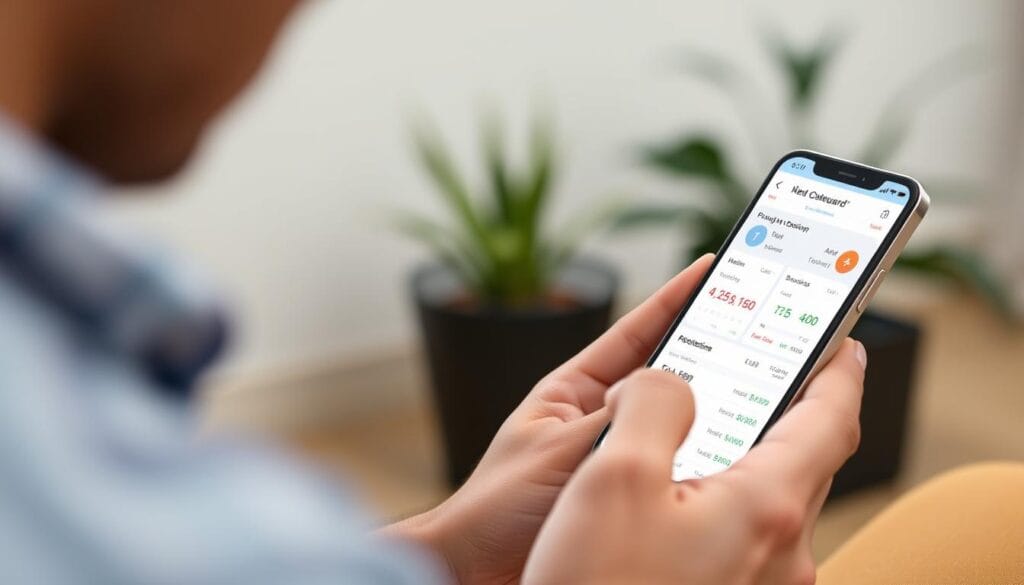
Overview
PocketGuard is a personal finance app designed to help users manage their finances effectively. It offers a straightforward approach to tracking expenses and staying within budget.
Key Features
PocketGuard’s key features include automated expense tracking, budgeting, and bill reminders. It provides a clear picture of one’s financial situation, making it easier to make informed decisions.
Pros
Ease of use is a significant advantage, as the app is intuitive and user-friendly. Additionally, its automated tracking feature saves time and reduces the effort required to manage finances.
Cons
Some users may find that PocketGuard’s features, while comprehensive, are not as detailed as those offered by specialized budgeting apps. For more information on other budgeting apps, you can visit Forbes Advisor’s list of best budgeting.
Empower Personal Dashboard
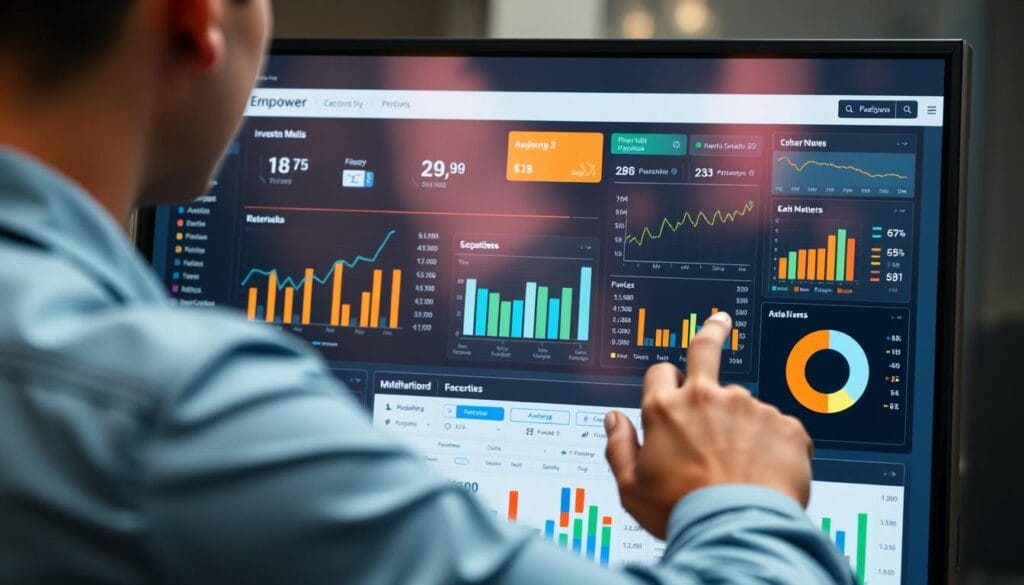
Overview
Empower Personal Dashboard offers a comprehensive financial management solution that includes budgeting, investment tracking, and financial planning tools. It’s particularly noted for its investment features.
Key Features
The app’s key features include investment tracking, financial planning, and budgeting. Empower’s strength lies in its ability to provide a holistic view of one’s financial situation, including investments.
Pros
A significant advantage of Empower is its comprehensive financial overview, which includes investment tracking. This makes it an excellent choice for users looking for an all-in-one financial management tool. For more on financial planning software, check out top financial planning software for 2025.
Cons
Some users may find Empower’s budgeting capabilities less robust than dedicated budgeting apps. Additionally, the Android version has received lower ratings than its iOS counterpart, suggesting potential usability issues.
EveryDollar and Honeydue
For those seeking effective budgeting solutions, EveryDollar and Honeydue offer compelling options with different focuses. EveryDollar is geared towards individuals seeking a straightforward budgeting approach, while Honeydue is designed for couples looking to manage their finances together.
EveryDollar
EveryDollar is a budgeting app developed by Dave Ramsey, a well-known personal finance expert. It follows the zero-based budgeting method, where every dollar is assigned a job.
Overview
EveryDollar is designed to help users manage their finances effectively by tracking income and expenses. It offers a simple and intuitive interface that makes budgeting easy.
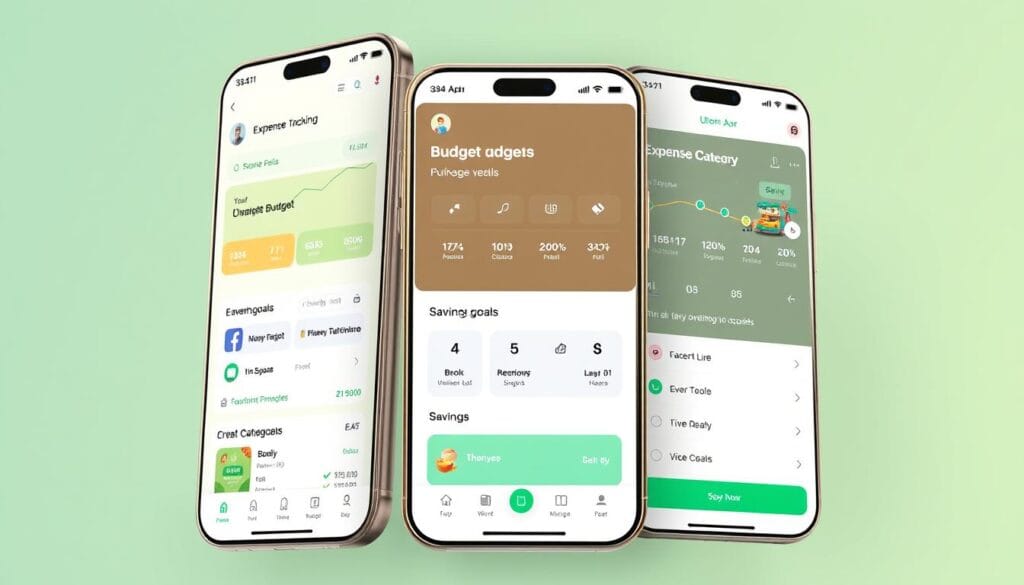
Key Features
EveryDollar allows users to create a budget, track expenses, and set financial goals. It also provides educational resources to help users improve their financial literacy.
Pros
Easy to use: EveryDollar’s interface is user-friendly and straightforward.
Effective budgeting: The app helps users manage their finances effectively using the zero-based budgeting method.
Cons
Some users may find the app’s features limited compared to more comprehensive budgeting platforms. For more information on other budgeting apps, you can visit our review of the best tax filing software of 2025.
Honeydue
Honeydue is a budgeting app designed for couples to manage their finances together. It offers features that help partners track their spending, income, and expenses in a shared environment.
Overview
Honeydue allows couples to link their financial accounts and track their transactions together. It provides a clear picture of their combined financial situation.
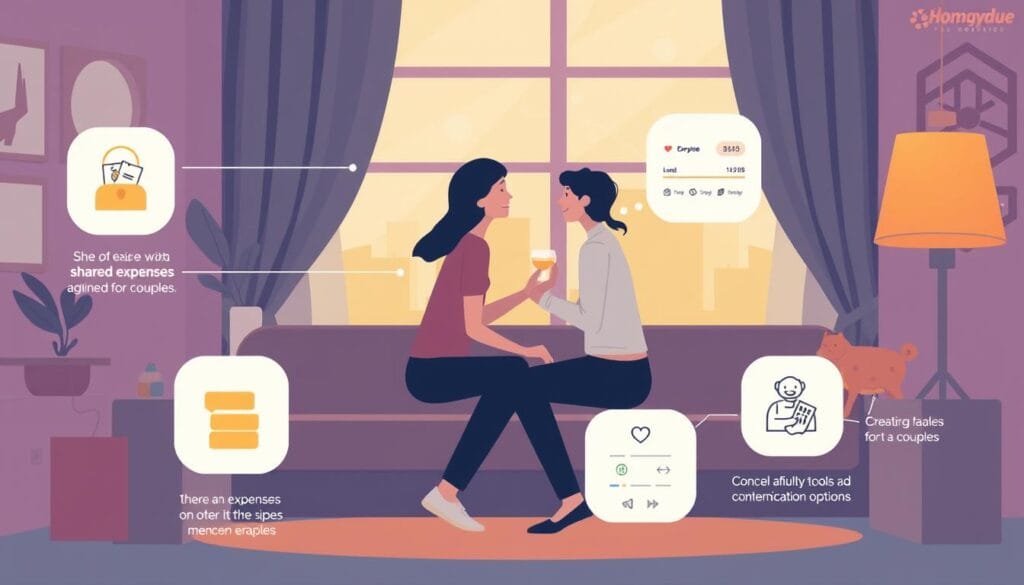
Key Features
Honeydue offers features such as bill tracking, budget creation, and spending alerts. It helps couples stay on top of their finances and work together towards their financial goals.
Pros
Designed for couples: Honeydue is specifically designed for partners to manage their finances together.
Real-time tracking: The app allows couples to track their finances in real-time, helping them stay informed and coordinated.
Cons
Honeydue’s focus on transaction tracking rather than proactive financial planning may limit its effectiveness for some users. Additionally, some users have reported occasional synchronization delays with certain financial institutions.
Premium Options: Quicken Simplifi and Monarch Money
For users seeking advanced budgeting features, premium apps like Quicken Simplifi and Monarch Money offer comprehensive financial management solutions. These tools are designed for individuals who require more sophisticated budgeting capabilities than what free or basic apps can provide.
Quicken Simplifi
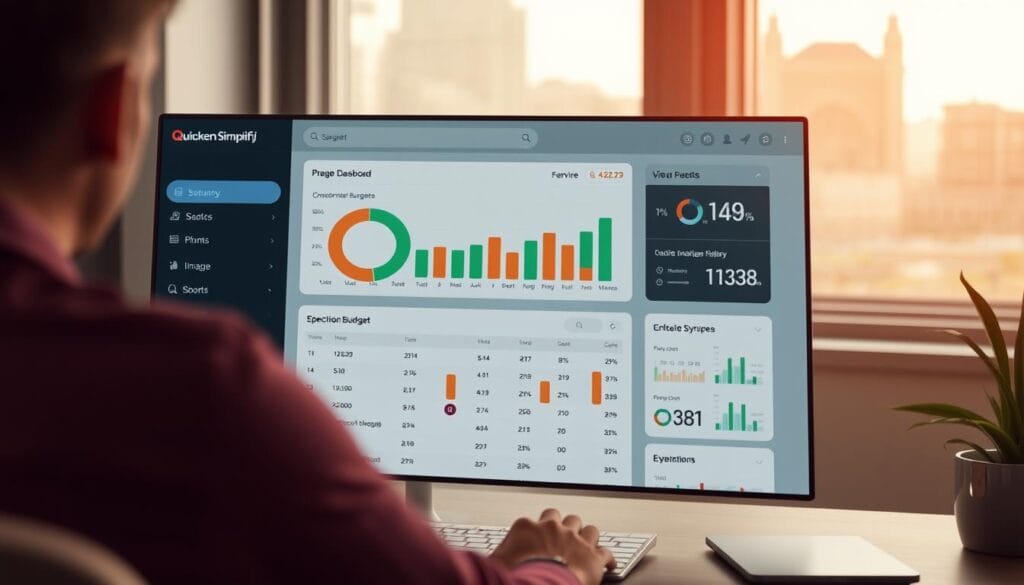
Overview
Quicken Simplifi is a premium budgeting app designed to help users manage their finances effectively. It offers a range of features that simplify budgeting and financial tracking.
Key Features
Quicken Simplifi’s key features include automated expense tracking, customizable budget categories, and detailed financial reporting. These features enable users to have a clear picture of their financial situation at any given time.
Pros
The app’s user-friendly interface and comprehensive financial tracking capabilities make it an attractive option for those seeking a premium budgeting experience. Users have praised its ability to simplify complex financial data into actionable insights.
Cons
Some users have noted that the app’s premium pricing may be a barrier for those on a tight budget. Additionally, the feature-rich interface can be overwhelming for beginners.
Monarch Money
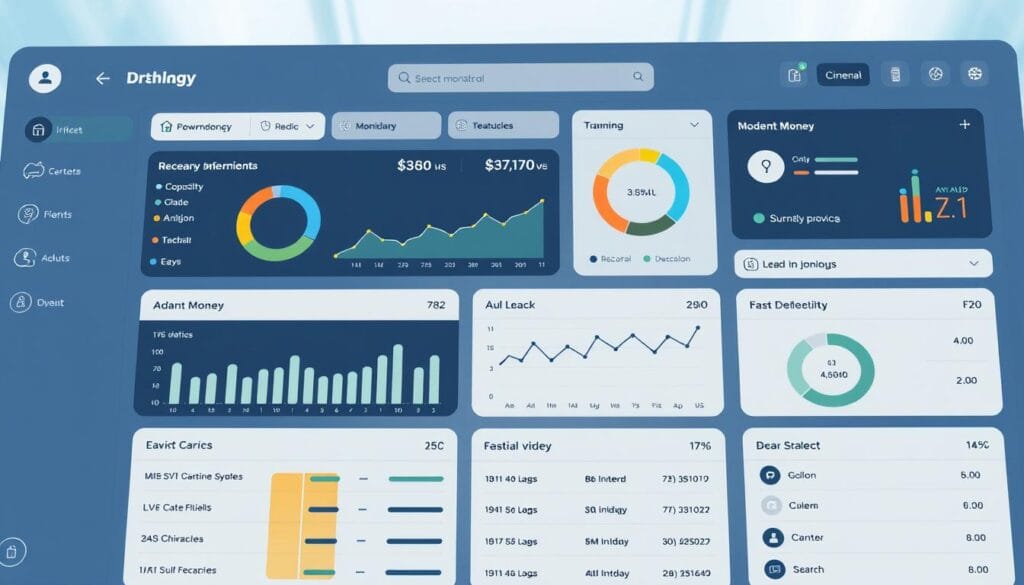
Overview
Monarch Money is another premium budgeting app that has gained popularity for its comprehensive financial management capabilities. It offers a subscription-based model with a seven-day free trial, priced at $14.99/month or $99.99/year.
Key Features
Monarch Money’s features include advanced budgeting tools, investment tracking, and financial goal setting. The app’s ability to sync with various financial institutions makes it a convenient option for users looking to consolidate their financial data.
Pros
Users appreciate Monarch Money’s comprehensive financial overview and customizable dashboards. The app’s ability to track investments and debts in one place is particularly valuable for users with complex financial portfolios.
Cons
Some users have reported occasional syncing issues with certain financial institutions, requiring manual transaction verification. The app’s steep learning curve and premium cost may also deter some potential users. For those interested in exploring more affordable financial management options, you can find low-fee robo-advisors here.
Alternatives to Dedicated Budgeting Apps
Beyond traditional budgeting apps, there are other viable methods for managing personal finances. These alternatives can offer flexibility and effectiveness for individuals with different financial management needs.
Spreadsheet Budgeting with Excel
Using spreadsheet software like Microsoft Excel or Google Sheets can be a powerful way to manage budgets. By creating custom spreadsheets, users can track their income and expenses, set financial goals, and analyze their spending habits. This method provides a high degree of control and flexibility, allowing users to tailor their budgeting tools to their specific needs.
Cash Envelope System
The cash envelope system is a traditional budgeting method that involves dividing expenses into categories and allocating cash for each category into separate envelopes. This tangible approach can help individuals stick to their budget by providing a clear visual representation of their available funds. While it’s more hands-on and less digital, it can be an effective way to manage finances for those who prefer a more concrete method.
Banking Apps with Budgeting Features
Many traditional banking institutions have integrated basic budgeting functionality into their mobile applications. These apps often provide expense tracking, categorization, and spending insights, making it easier for users to manage their accounts and finances in one place. According to Vibes, a messaging platform, digital wallet use is soaring, with 17% of consumers using them daily. For those already using their bank’s mobile app, this can be a convenient alternative to dedicated budgeting tools.
For more information on managing your finances effectively, you can explore other resources such as automated savings apps that can complement your budgeting strategy.
Conclusion: Choosing the Right Budgeting App for Your Financial Goals
Achieving financial goals requires a budgeting app that aligns with one’s financial circumstances and objectives. The ideal budgeting app varies significantly based on individual financial needs and management preferences.
Users seeking hands-on financial planning may prefer zero-based budgeting apps like YNAB or EveryDollar, while those preferring automation might opt for PocketGuard or banking app integrations. For couples managing shared finances, tools like Honeydue facilitate transparency and collaborative decision-making.
The key to successful financial management is consistent engagement with the chosen budgeting app. Evaluating the willingness to pay for premium features against specific financial needs is also crucial. Ultimately, the most effective budgeting solution is one that users will consistently use, enabling them to achieve their financial goals.

